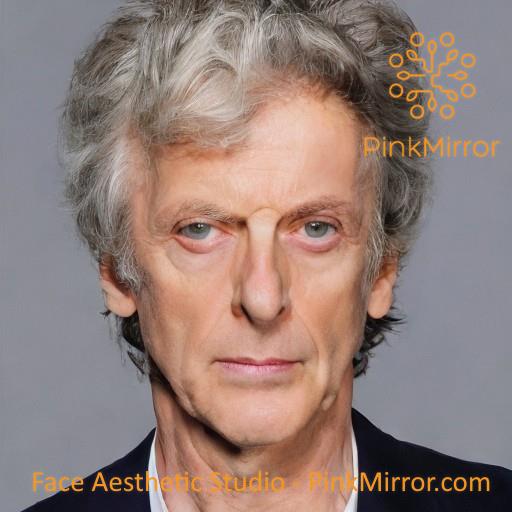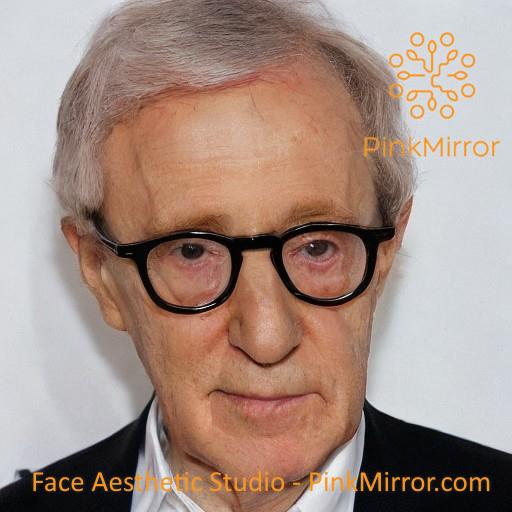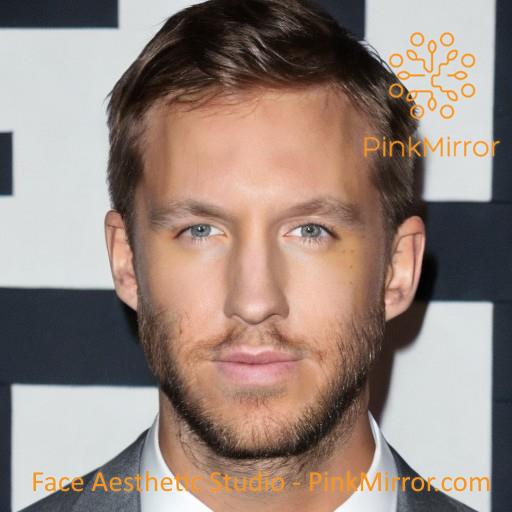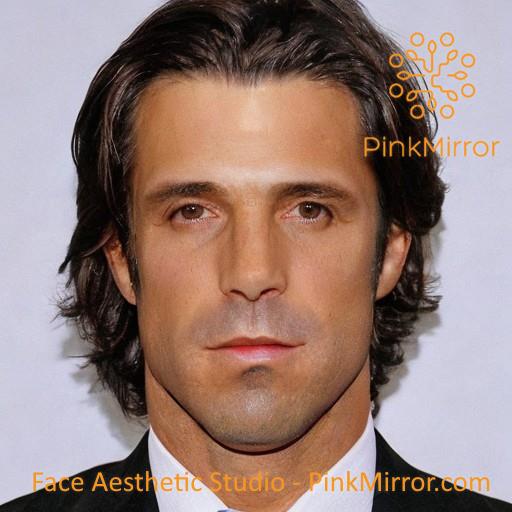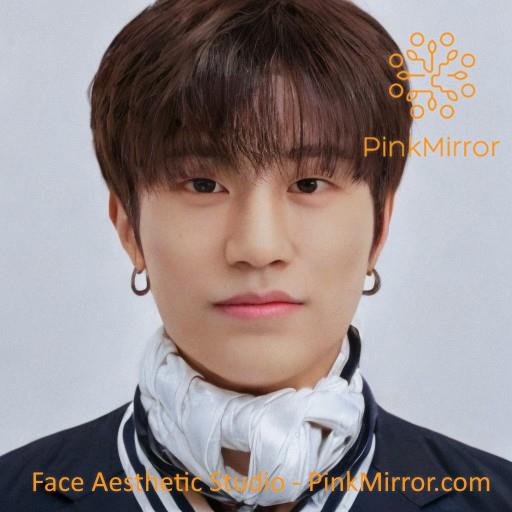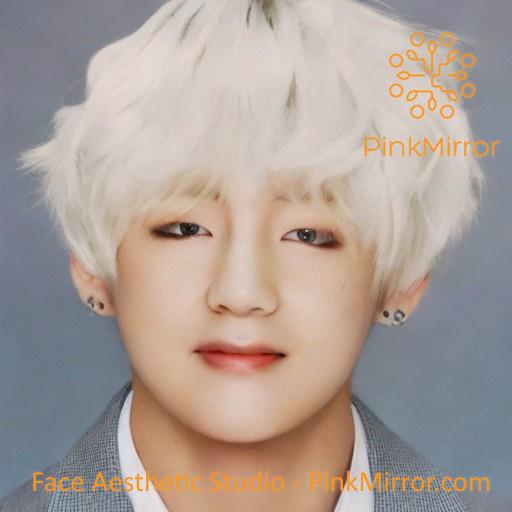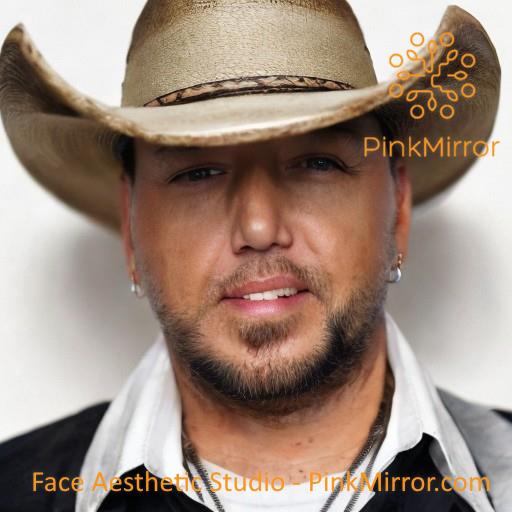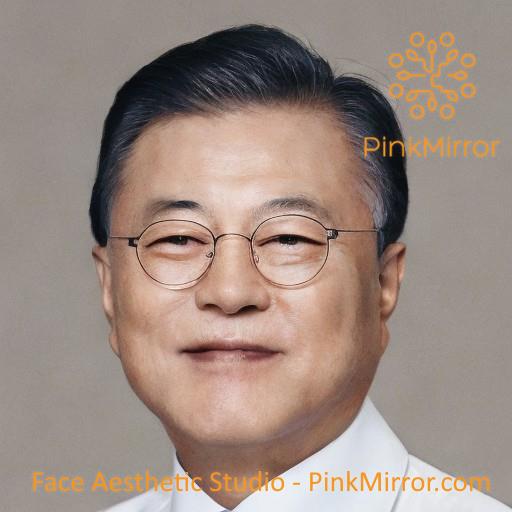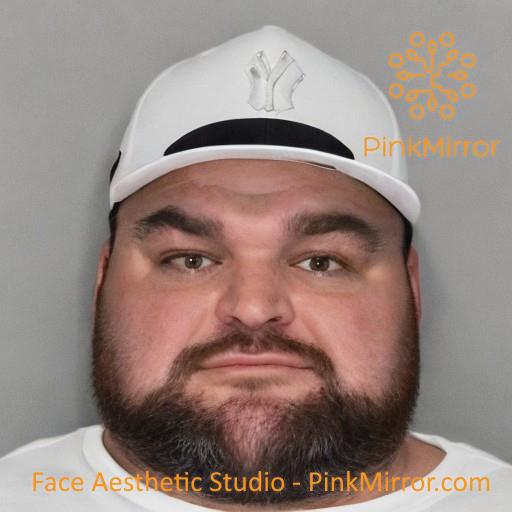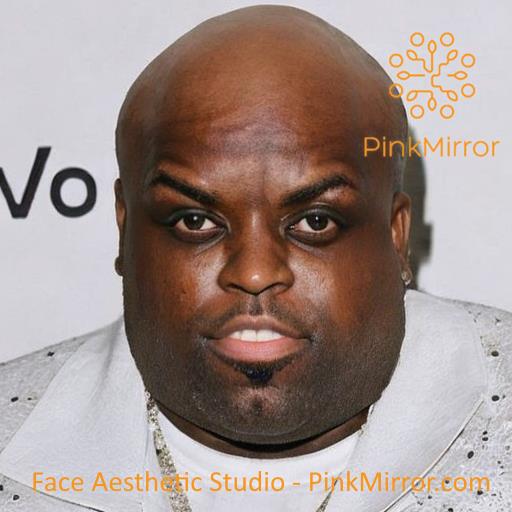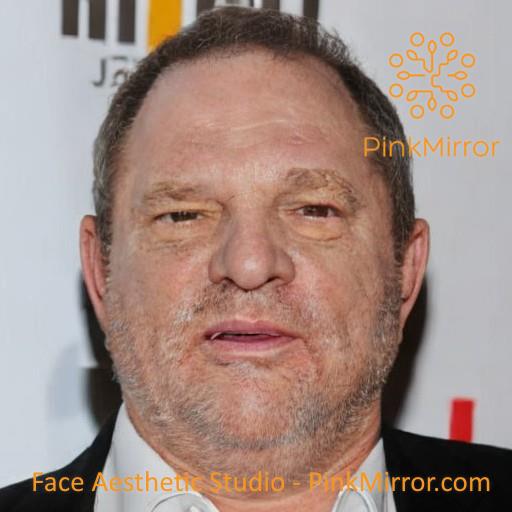Sam Hunt - Facial Feature - Facial Fat Deposit
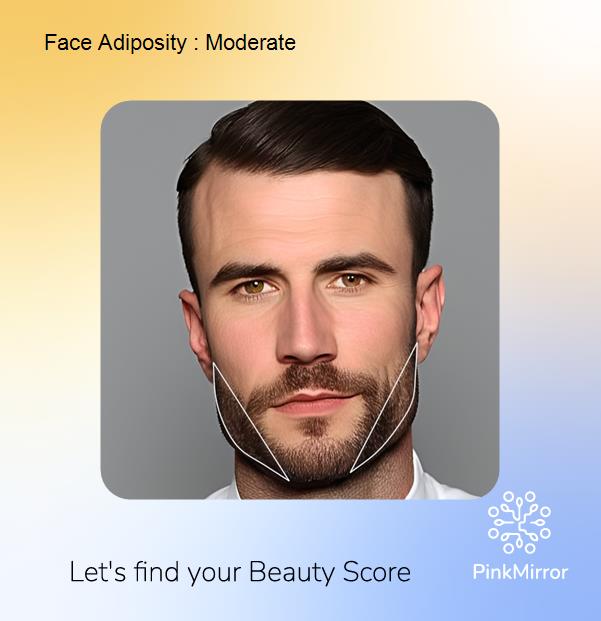
Your face falls into the Moderate adiposity category, which is considered a medium attractiveness among the five male face adiposity types. While attractiveness is subjective, many people find this look appealing. Here’s how each category is generally perceived: Very Low – high attractiveness, Low – high attractiveness, Moderate – medium attractiveness, High – medium attractiveness, Very High – low attractiveness. To enhance your attractiveness, consider working towards the Very Low or Low categories. This could potentially increase your beauty score by one point.
- Most Attractive
- Least Attractive
- Your Score
Why is a lower facial fat deposit attractive among males?
Believe it or not, scientific studies find facial fat deposits are one of the strongest determinants of attractiveness in a male face. “The relationship between facial cues and perceptions of health and attractiveness in others plays an influential role in our social interactions and mating behaviours.” (Jager et al, 2018). These researchers describe that “facial adiposity was a better predictor of attractiveness [than] sexual dimorphism, averageness, and symmetry, for male faces.” Their experiments proved that tiny fluctuations in BMI (Body Mass Index) of only “1.3 kg/m2” can already be detected in the male face and contribute to our perception of male attractiveness.
Read more about the relation between facial fat deposit and attractiveness .
Choose a recommendation and track your weekly progress:
Cautionary Note: It's important to note that each individual's skin is unique and may respond differently to various treatments. Always conduct a patch test when trying new products or ingredients, and consider consulting a dermatologist before beginning any advanced treatments.


